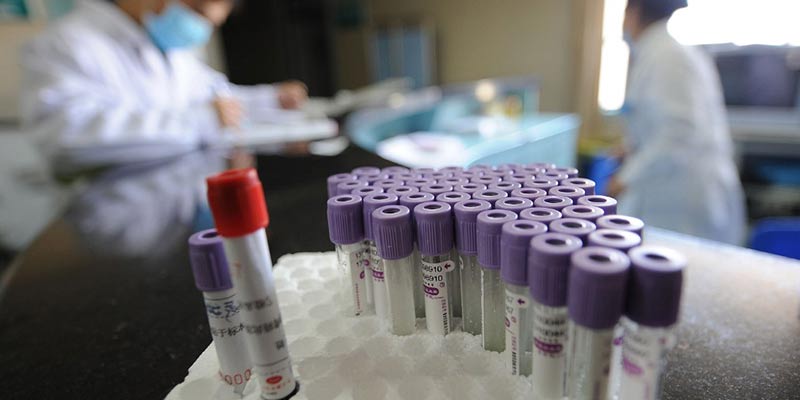- India
- May 26
COVID-19 variants NB.1.8.1 and LF.7 detected in India, shows INSACOG data
• One case of the newly emerging COVID-19 variant NB.1.8.1 and four instances of the LF.7 type have been detected in India, according to INSACOG data.
• As of May 2025, the World Health Organisation (WHO) classified LF.7 and NB.1.8 sub-variants as Variants Under Monitoring, not as Variants of Concern or Variants of Interest. But these are the variants that are reportedly driving the rise in COVID-19 cases in China and parts of Asia.
• According to data from the Indian SARS-CoV-2 Genomics Consortium (INSACOG), one case of NB.1.8.1 was identified in April in Tamil Nadu and four cases of LF.7 were detected in Gujarat in May.
• In India, the most common variant remains JN.1, comprising 53 per cent of samples tested, followed by BA.2 (26 per cent) and other Omicron sublineages (20 per cent).
• Though WHO's preliminary risk assessment classifies NB.1.8.1 as posing a low public health risk globally, its spike protein mutations such as A435S, V445H, and T478I suggest increased transmissibility and immune evasion compared to other variants.
Indian SARS-CoV-2 Genomics Consortium (INSACOG)
• The Indian SARS-CoV-2 Genomics Consortium (INSACOG) was established by the government of India in December 2020.
• It was jointly initiated by the Union Health Ministry, and Department of Biotechnology (DBT) with Council for Scientific & Industrial Research (CSIR) and Indian Council of Medical Research (ICMR).
• It is a national multi-agency consortium of Genome Sequencing Laboratories.
• Initially, this consortium had 10 laboratories. Subsequently, the scope of laboratories under INSACOG was expanded to 64 laboratories to monitor the genomic variations in the SARS-CoV-2.
• The overall aim of the Indian SARS-CoV-2 Genomics Consortium INSACOG is to monitor the genomic variations in the SARS-CoV-2 on a regular basis through a multi-laboratory network.
• The mandate of INSACOG has evolved with time and the focus shifted from primarily tracking variants among international passengers to early detection of variants that may emerge within the country.
It has the following objectives:
i) Early detection of genomic variants of public health implication through sentinel surveillance.
ii) To determine the genomic variants in unusual events/trends (vaccine breakthrough, superspreader events, high mortality/morbidity trend areas, etc.)
iii) To correlate the genome surveillance data with epidemiological data.
iv) To suggest public health actions based on the analysis of genomic and epidemiological surveillance data.
• The data from the genome sequencing laboratories is being analysed as per the field data trends to study the linkages, if any, between the genomic variants and epidemiological trends.
• This helps to understand superspreader events, outbreaks and strengthen public health interventions across the country to help in breaking the chains of transmission.
Manorama Yearbook app is now available on Google Play Store and iOS App Store

